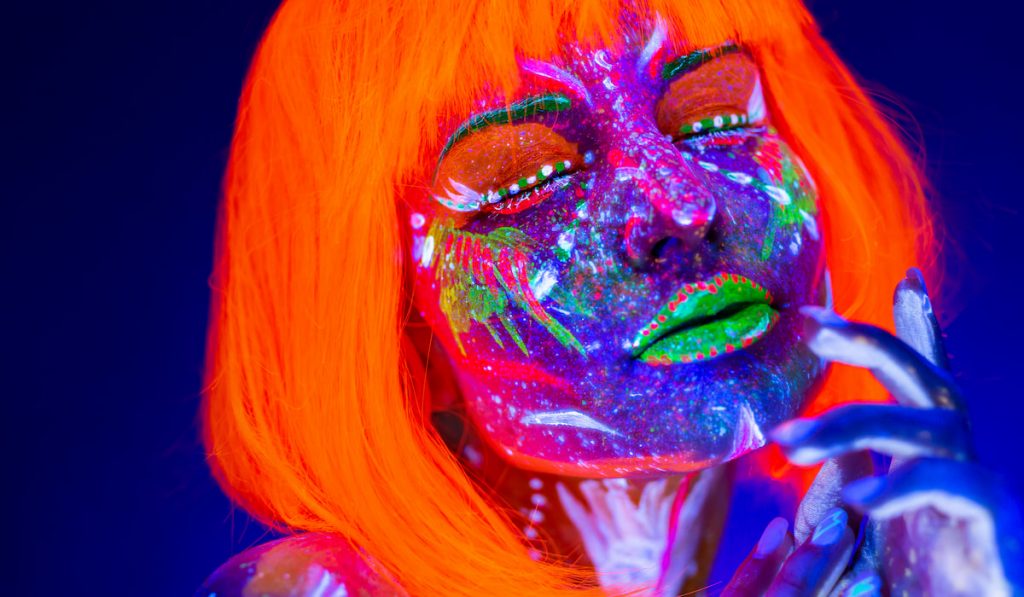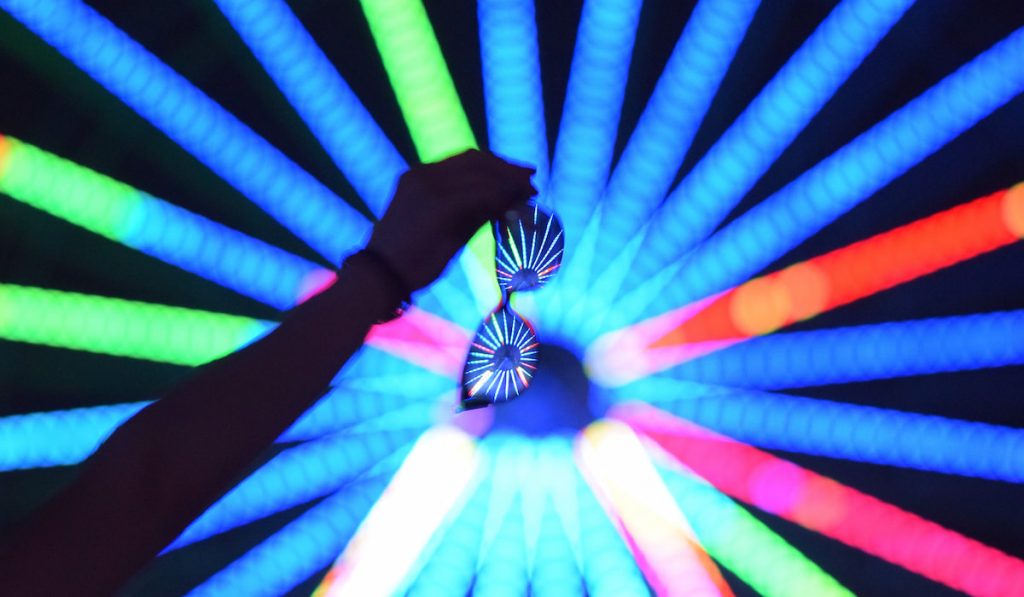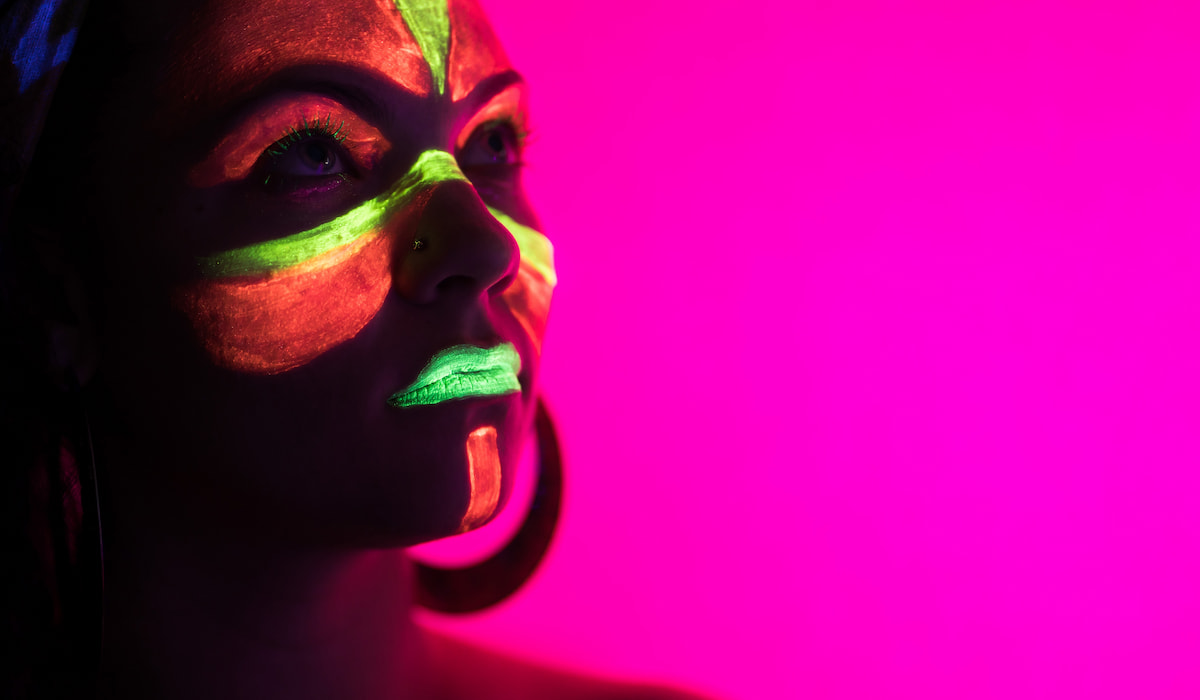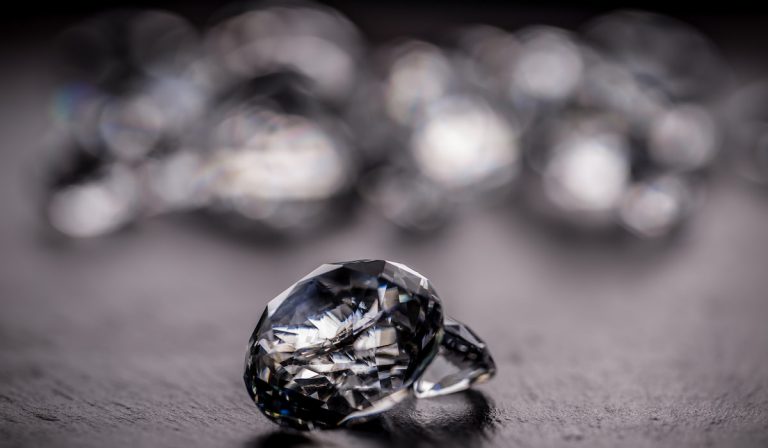Can You Make Jewelry Out of Neon? (12 Amazing Facts!)
Chemistry lets us know that neon is a gas. So, when you hear of neon jewelry, you might be wondering how jewelry – a solid ornament – can come from neon – a gas. You may be wondering if you can make jewelry out of neon.
Can you make jewelry out of neon?
You cannot make jewelry out of neon itself. Neon is a noble gas, so it does not react with any other substance.
Besides, since it is gaseous, it is not malleable; you cannot bend or beat it into a defined shape. Of course, this does not mean neon jewelry does not exist. It only means that neon jewelry comes from something else besides neon.
Going by our answer above, you may be wondering what neon jewelry is. Well, we answer that below while telling you other amazing facts about neon.

12 Amazing Facts About Neon and Neon Jewelry
Neon Jewelry Is Not Made From Neon
As we already hinted, neon jewelry is not made from neon. Instead, neon jewelry is jewelry made by working high-saturation colors like lime green, blazing blue, and dayglow pink into luxurious pieces.
So, when you hear neon jewelry, think of things like lime green diamond rings, banana yellow enamel, or bright chartreuse linked bracelets.
Neon Is a Noble Gas
We previously said neon is a noble gas.
Noble gases are a group of colorless and odorless gases, and there are 7 of them. Noble gases have very low reactivity, and of all of them, neon is the least reactive.
Neon does not react with anything – this is why there are no neon compounds. This is also why it is not used in making jewelry.
Neon Means New
The name Neon comes from the Greek word for new – néos. So, neon basically means new.
Neon Is Mainly Used to Make Neon Signs
Neon is primarily used in making neon signs because it glows when current runs through it in a vacuum tube at low pressure.
Ordinarily, neon glows red or reddish-orange when current runs through it in a vacuum tube at low pressure.
However, with some modifications, you can get other colors.
Not All Neon Signs Contain Neon

As previously stated, neon ordinarily glows red. But in neon signs, you can get other colors by making some modifications.
One way to change the color of neon signs is to add other gases that glow to the vacuum tube. One may add gases like helium, argon, xenon, or mercury to create another color different from neon’s red.
For one, if you have a neon sign with red lights, the vacuum tube may contain neon and argon. But then, if your neon sign gives off deep blue lights, it may hold only mercury or a mixture of mercury and a tiny amount of neon.
Basically, not all neon signs contain neon. Depending on the color the signage gives off, there may be little or no neon in the lighting tubes. In fact, in some cases, the signs use LED bulbs and none of these gases.
Most of the Commercially Used Neon Comes From Air
You may have asked yourself, where does all the neon used in neon signs come from? Well, we have a detailed answer for you.
Neon is the 5th most abundant element in our universe. But on earth, it is pretty hard to find. Luckily, it is present in the air – albeit in tiny amounts, and this is where all the neon used in neon signs come from.
Neon makes up about 0.0018% of air. So, to get 1 pound of neon, you will need up to 88,000 pounds of air.

Neon Lights Are Not as Hot as You Imagine
Seeing how bright neon lights can be, you may imagine them to be pretty hot. Interestingly, neon lights are not so hot. In fact, they only produce about the same amount of heat as a regular domestic bulb.
Neon May Also Be Used as a Refrigerant
Beyond its application in making neon signs, neon also works as a refrigerant when liquified.
As a refrigerant, liquid neon is pretty powerful; its refrigerating capacity is over 3 times that of liquid hydrogen and over 40 times that of liquid helium.
Liquid neon is typically only used as a cryogenic refrigerant because its refrigerating capacity is so strong.
Neon Is Non-Toxic
People might think that if a neon sign breaks, it will leak neon into the air. Then when it does, it might become a problem.
There is little reason to worry about neon from neon signs leaking into the air. Neon is present in the air, and it is a non-reactive gas, as we said before. So, ordinarily, it is non-toxic.
However, if you inhale neon in minimal amounts, you may feel as if you are suffocating. The feeling of suffocation comes from neon displacing the oxygen you breathe.
Inhaling large amounts of neon is potentially dangerous. It can cause nausea, vomiting, dizziness, unconsciousness, and death. But since neon signs are typically in open, well-ventilated areas, this is unlikely.
Neon Was Discovered in 1898

Sir William Ramsay and Morris Travers, both British chemists, discovered neon in 1898 while experimenting with argon. They were looking to find the element before argon in the periodic table, and their experiment was successful.
During their experiment, Ramsay and Travers put a sample of neon in an atomic spectrometer, and it gave off a red glow. So, the possibility of using neon in neon lights was evident from the start.
Las Vegas Is Not the First Place in the US to Get Neon Lights
One of the most iconic things about Las Vegas is the neon signs. So, it wouldn’t be surprising if you think neon signs made it to Las Vegas before any other place in the US.
But then, neon signs did not get to Las Vegas first.
In fact, neon signs may have reached San Francisco, California, before getting to Las Vegas.
Other Uses of Neon
Besides neon signs and cryogenic refrigeration, neon may also be used in diving gears, lasers, lightning arresters, switching gear, and high-voltage indicators.
Resources
- http://hunter-hydro-lithi-chem.blogspot.com/2012/09/lessons-6-9-and-10.html
- https://www.rsc.org/periodic-table/element/10/neon
- https://www.thezoereport.com/p/the-neon-jewelry-trend-is-here-to-electrify-your-wardrobe-heres-how-to-pull-it-off-22902159
- https://www.mentalfloss.com/article/567681/element-neon-facts
- https://www.rsc.org/periodic-table/element/10/neon
- https://www.britannica.com/science/neon-chemical-element
- https://encyclopedia.che.engin.umich.edu/Pages/EnergyTransfer/Cryogenics/Cryogenics.html
- https://www.jantecneon.com/blog/the-truth-about-how-safe-neon-signs-are.html
- https://www.lenntech.com/periodic/elements/ne.htm







